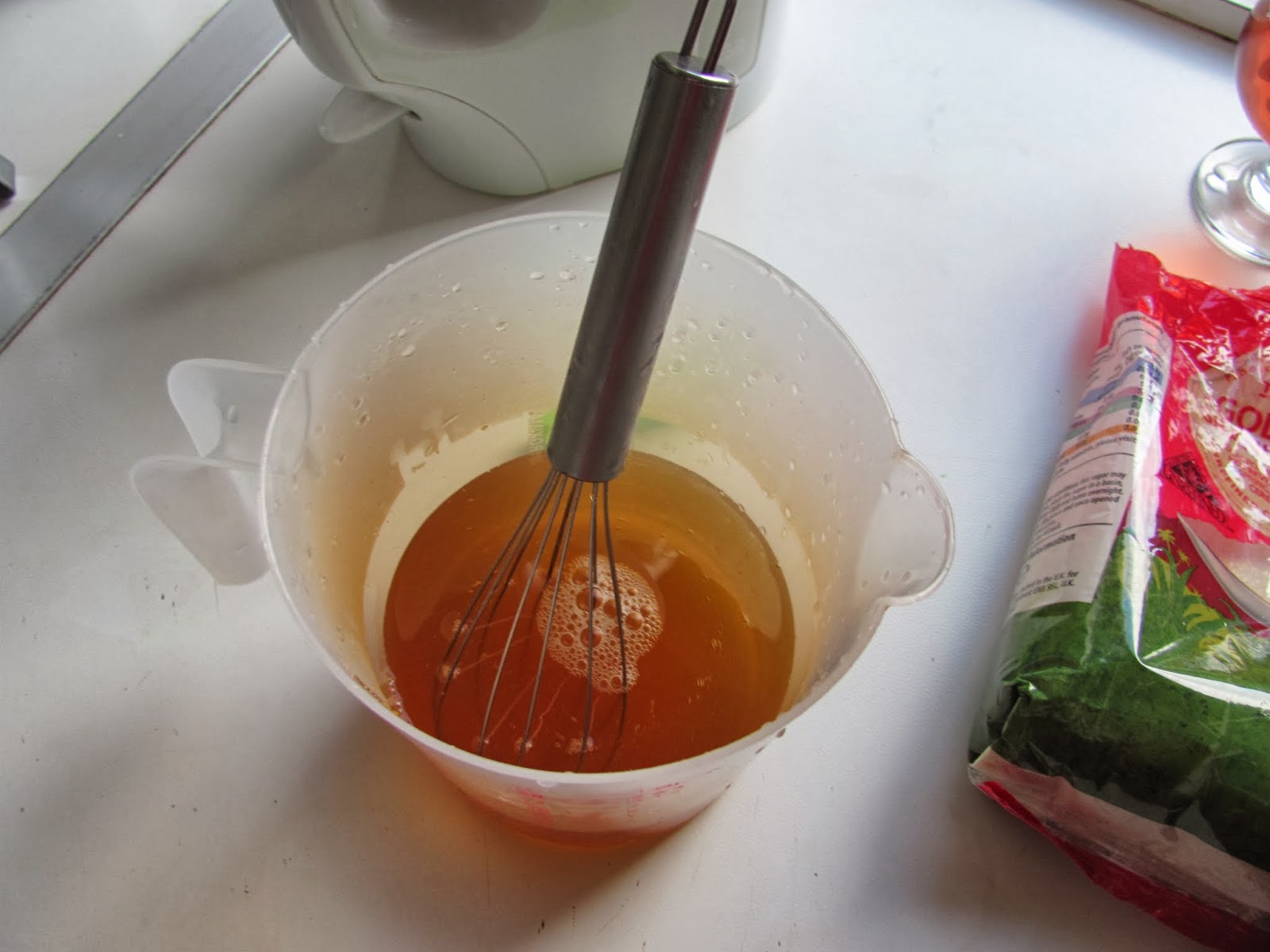Our first destination was Munich, Germany. On travel day, we got up VERY early, took the Aircoach airport service, with swanky, convenient, and reasonably-priced service from our front door to Dublin Airport. The flight was a quick hop, and we arrived in the late morning to Munich's clean and efficient airport. To get to the center of town from the airport, we had to catch the S-Bahn, the overland train covering much of outer Munich. The U-Bahn runs underground and services much of the main city center.
We noticed right away that the public transport in Germany operates much differently than Dublin's cobbled-together system. Tickets are reasonable and cover times and distances, allowing changes between trains and buses to arrive at any particular location. With the help of our Rick Steves guidebook, the English instructions, and multilingual transport staff, we were on our inexpensive train mere minutes after landing.
I must take a line or two to describe the Partner Ticket system in Munich. Any group up to five can purchase a group ticket for all public transport in Munich at an incredible discount. We purchased an all-day partner ticket covering all of us on any public transport for the whole day for a few Euro each. This would just about cover one and a half (one-way) rides on the Dublin Bus. If visiting Munich, even a pair traveling can save money with the partner ticket, and if you can max it out with five, travel will cost virtually pennies.
We arrived at the main Munich train station, Hauptbahnhof, right in the middle of the action. It was a nice day, and we enjoyed stretching our legs on the streets of Munich as we oriented ourselves to our hostel. We dropped off our bags and went off for a mini tour around Karlsplatz, the nearby square.
 |
| Euro Youth Hostel, Munich |
The German word, platz is often used as a suffix for town square. Karlsplatz, therefore, would be like "Karl's Square" in English. We enjoyed a nice lunch with some cafe sandwiches (one with cold fried chicken schnitzel) and soaked in the sun and the people. Karlsplatz was busy at lunchtime with local professionals in business suits sitting among protesters, street performers, and many, many pigeons. It was a bit like Madison, Wisconsin in a way...
 |
| Sandwiches at Karlsplatz |
Chief among the sights in Karlsplatz is Karlstor, a remnant of Munich's Medieval wall. Most of it has been restored and rebuilt after centuries of damage. Munich is no longer the fortified, walled city it once was, but the modern designers have built around the standing remnants and preserved them for tourists like us.
 |
| Karlstor at Karlsplatz Munich |
Beyond Karlstor are the popular pedestrian-only shopping streets, Neuhauserstrasse and Kaufingerstrasse. Busy department stores, food vendors, and beautiful buildings line this busy thoroughfare. On this sunny Friday afternoon, the place was buzzing.
 |
| Fountain on Neuhauserstrasse |
 |
| Neuhauserstrasse |
At the east end of the shopping street is one of Munich's truly unforgettable sights, which we will revisit in more detail later. Suffice it for now to say that Marienplatz would be the central hub of our Munich sightseeing...
 |
| New Town Hall, Marienplatz |
 |
| This Guy |
After our quick mini-walk, it was time to check into group dorm at the youth hostel. We stopped for some gelato (not very German...) on the way back and settled into our Munich home away from home.
 |
| German Gelato |










































